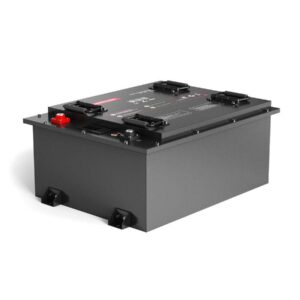
How to test car battery life?
Car battery life testing involves evaluating voltage stability, capacity retention, and cold cranking amps (CCA). Use a multimeter for basic voltage checks (12.6V+ indicates full charge), load testers for capacity validation, and conductance testers for internal resistance analysis. Modern vehicles may display battery health via onboard diagnostics (OBD-II), while professional shops use Midtronics or Solarton equipment for precise State of Health (SoH) assessments.
How to Safely Dispose of and Recycle Car Batteries
What voltage indicates a failing car battery?
A resting voltage below 12.4V signals capacity loss, while 11.8V during cranching reveals critical failure. Pro Tip: Test voltage 2+ hours post-driving for accurate readings—surface charge disturbs measurements.

Voltage alone doesn’t reveal full battery health, but it’s the first diagnostic checkpoint. For lead-acid batteries, 12.6V–12.8V indicates 100% charge, while 12.0V equals ~25% capacity. Why does temperature matter? Cold environments temporarily reduce voltage readings by 0.2V–0.3V. Always correlate voltage with load tests: A 12.2V battery maintaining 9.6V under 50% CCA load for 15 seconds remains functional. Example: A 600CCA battery dropping to 8V during testing requires immediate replacement.
How does load testing validate battery capacity?
Load testers apply 50% CCA for 15 seconds—healthy batteries maintain ≥9.6V. Advanced units like Schumacher BT-100 automate temperature compensation for winter accuracy.
This method replicates real-world demands better than static voltage checks. The battery must be ≥75% charged before testing—low charge states yield false negatives. How? Load testing stresses the lead plates: Weak cells develop voltage dips >2V below adjacent cells. For AGM batteries, apply 50% CCA for 30 seconds instead—their deeper discharge tolerance requires extended testing. Pro Tip: Always wear safety goggles—battery explosions during load tests release sulfuric acid aerosols.
| Test Type | Equipment | Accuracy |
|---|---|---|
| Voltage Check | Multimeter | 70% |
| Load Test | Carbon Pile Tester | 85% |
| Conductance | Midtronics MDX-650 | 93% |
Battery Expert Insight
FAQs
Can OBD-II scanners check battery health?
Yes, in 2013+ vehicles with Battery Management Systems (BMS). Look for SoC (State of Charge) and SoH parameters—values below 70% SoH warrant replacement planning.
How often should batteries be tested?
Every 6 months for vehicles over 3 years old. Winter pre-checks are critical—cold reduces capacity by 30%–50% in aged batteries.
